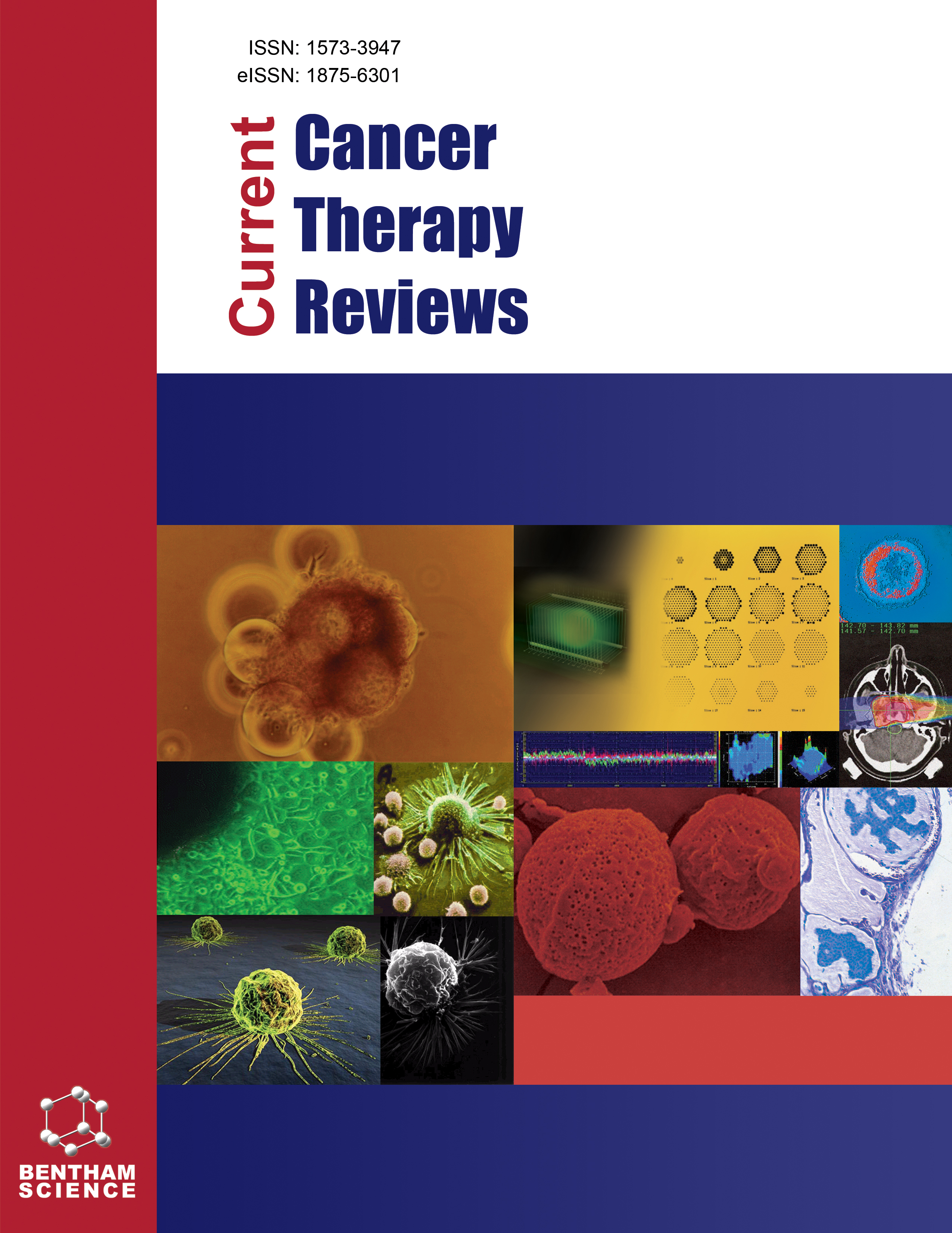-
s Roles of Tumor Microenvironment in Hepatocelluar Carcinoma
- Source: Current Cancer Therapy Reviews, Volume 11, Issue 2, Jun 2015, p. 82 - 93
-
- 01 Jun 2015
Abstract
Hepatocellular carcinoma (HCC) is one of the most malignant human cancers, with a high mortality rate worldwide despite its early diagnosis in patients and improvement in therapeutic technology. Most cases of liver cancer show a strong resistance to anticancer therapy. Moreover, liver cancer patients generally have poor tolerance to chemotherapy due to liver dysfunction. In these situations, liver-targeting drugs with fewer side effects and a high efficacy are urgently needed during drug discovery for liver cancer. Researchers have aimed to derive target genes and drug candidates for HCC; however, the development of targeted drugs has not yet improved the outcome significantly. Recently, the role of the tumor microenvironment (TME) in HCC has been probed to combat this deadly disease. A deeper knowledge of the crosstalk between tumor cells and their TME is needed to fully understand tumor development, progression and chemo-resistance in HCC because this cancer develops from chronically damaged tissue that contains large amounts of inflammation and fibrosis. In this review, we summarize how distinct stromal cells of TME are involved in tumorigenesis and chemoresistance in HCC and the significant challenge to recapitulate tumor complexity and heterogeneity enhancement.


